A meteorite is what remains of an asteroid after making contact with the Earth’s atmosphere. The earth is part of our solar system, comprised of all the celestial bodies that revolve around the sun. Random objects called meteoroids constantly pass through the solar system. Meteoroids are fragments of rock or metal that come in a wide range of sizes. Some are as small as grains of sand; others are like enormous boulders. Meteoroids weigh up to 10,000 tons. Heavier objects of the same class are known as asteroids. A meteorite is what reaches the ground, when a meteoroid is on a collision course with the earth. During their fall to the earth, resistance from our atmosphere makes meteorites overheat and leave a trail of white light. When in this state, meteorites are called meteors. Sometimes a meteor's light is exceptionally bright, and may even have a different color. In this case, the phenomenon is called a bolide.
Many meteorites enter out atmosphere every day. But the friction they encounter in the upper reaches of the sky causes most of them to completely disintegrate before reaching the ground. An average of 500 meteorites of substantial size reach the Earth’s surface every year. Most fall into the sea and only five or six of them hit land. When a meteorite strikes the Earth, it creates a round hole called a crater. The width of a crater depends on the weight, speed and density of the meteorite that made it. Ninety-five per cent of the meteorites found on our planet are made mostly of rock, slightly bigger than tennis balls. The rest of them can contain metal, primarily iron and nickel, and are usually bigger.
The largest known meteorite on our planet is a 60-ton block of iron and nickel that was found in 1920 in Hoba, Namibia. Even bigger meteorites have struck the Earth’s crust in the past. A two-billion-year-old crater in Vredefort, South Africa, is proof that a meteorite at least 10 kilometers wide struck there; the crater itself has a diameter of more than 300 kilometers. The study of meteorites helps us understand the solar system. For example, some meteorites are fragments of the planet Mars. Traces of what might be bacteria have been found inside them, suggesting that simple forms of life, similar to that on Earth, once existedon the red planet.
Many meteorites enter out atmosphere every day. But the friction they encounter in the upper reaches of the sky causes most of them to completely disintegrate before reaching the ground. An average of 500 meteorites of substantial size reach the Earth’s surface every year. Most fall into the sea and only five or six of them hit land. When a meteorite strikes the Earth, it creates a round hole called a crater. The width of a crater depends on the weight, speed and density of the meteorite that made it. Ninety-five per cent of the meteorites found on our planet are made mostly of rock, slightly bigger than tennis balls. The rest of them can contain metal, primarily iron and nickel, and are usually bigger.
The largest known meteorite on our planet is a 60-ton block of iron and nickel that was found in 1920 in Hoba, Namibia. Even bigger meteorites have struck the Earth’s crust in the past. A two-billion-year-old crater in Vredefort, South Africa, is proof that a meteorite at least 10 kilometers wide struck there; the crater itself has a diameter of more than 300 kilometers. The study of meteorites helps us understand the solar system. For example, some meteorites are fragments of the planet Mars. Traces of what might be bacteria have been found inside them, suggesting that simple forms of life, similar to that on Earth, once existedon the red planet.
RELATED
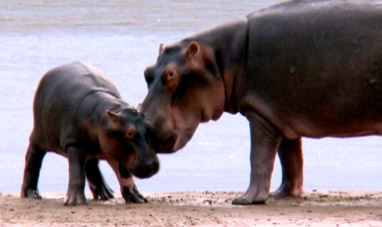

HIPPOPOTAMUS


LADYBUG


TEETH
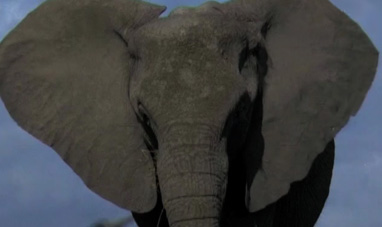

ELEPHANT
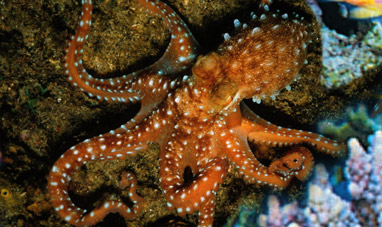

THE OCTOPUS


SUPERNOVAS
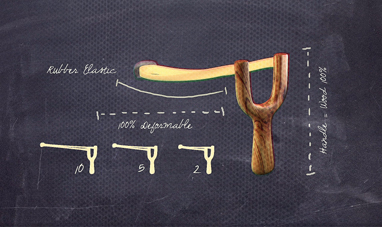

NATURAL RUBBERS
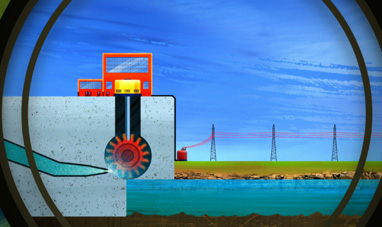

HYDROPOWER
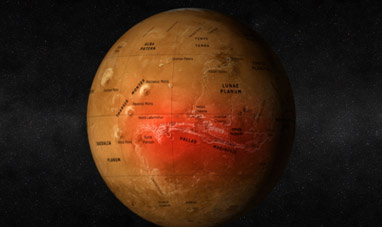

MARS
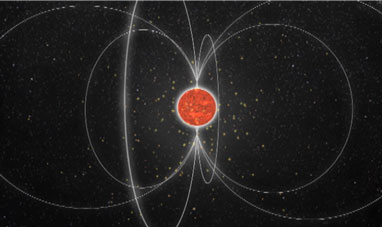

PULSARS


THE RESPIRATORY SYSTEM


ELECTRIC CAR
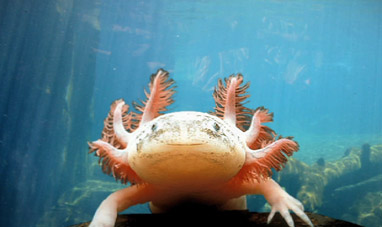

AXOLOTL
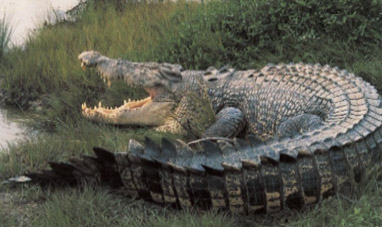

CROCODILE


TIGER


FLAMINGO


TUNA
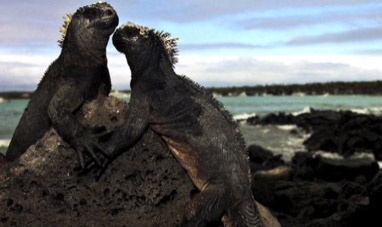

IGUANA


CLOUD COMPUTING


TARANTULA


WHEAT


DOG


DROMEDARY


EAGLE


THE BRAIN
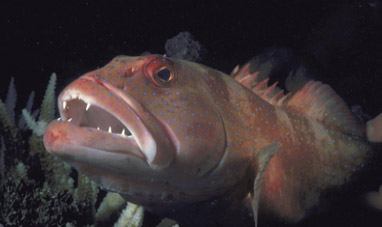

GROUPER


THE HEART
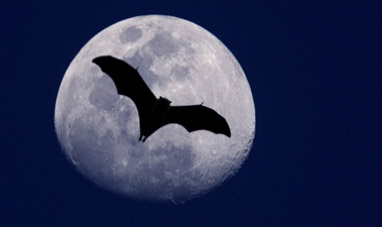

BAT


CENTRIFUGAL FORCE


CARNIVOROUS PLANTS
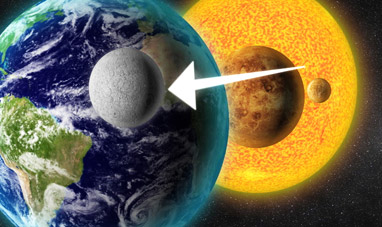

THE MOON


DEER


PIG


CHILDBIRTH


THE FEET
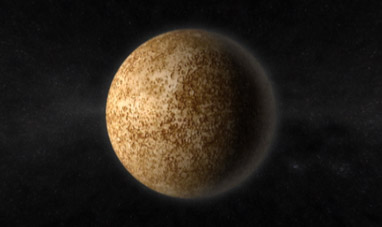

MERCURY
